Does Spinach Aid In Hair Growth?
Spinach is a leafy vegetable rich in vitamin C, A, and K, and iron, magnesium, zinc, and manganese. It also contains antioxidants that help prevent hair damage and breakage.
Spinach also contains high levels of proteins that help restore damaged hair. In addition, it has enzymes that increase blood flow to the scalp, which helps with hair growth. The folate found in Spinach stimulates the production of keratin. Keratin is a protein needed for hair growth and repair.
As a general health food, Spinach is packed with nutrients that promote healthy hair growth. It contains vitamins A, B6, C and E and iron, calcium and folic acid – all vital nutrients for healthy hair growth.
Spinach Contains Vitamin A
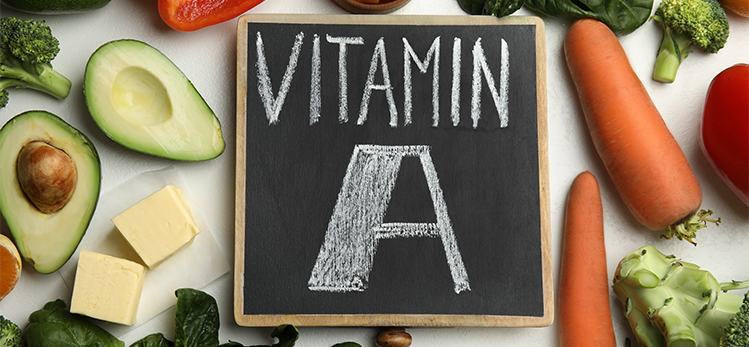
The vitamin also promotes rapid cell division, which is essential for new hair growth. It can also help combat greying and other signs of hair loss.
You can get Spinach in a variety of ways, including eating it fresh or juicing it. Another option is to take a supplement, which could be more convenient if you're trying to grow out your hair long or have trouble eating enough Spinach each day. If you want to try a supplement, talk to your doctor first since taking too much can cause problems with your liver.
Spinach Contains Zinc

One of the lesser-known benefits of Spinach is its ability to help combat hair loss. Zinc in Spinach can help reduce hair loss by stimulating scalp circulation. This promotes blood flow to the follicles in your scalp and helps increase the rate of hair growth. One cup has 2.4 milligrams of zinc which is vital in cell division that aids in hair growth.
Consuming foods high in zinc like Spinach can increase hair's shine and strength. Zinc also helps your body produce sebum that is responsible for keeping your scalp lubricated and healthy. It keeps dandruff at bay and stimulates hair follicles to grow new hair cells. So next time you're thinking of adding Spinach to your salad or sandwich, think twice because it may just promote hair growth for you
Here are some tips for incorporating Spinach into your diet:
Blend it into your favourite smoothie recipe or juice mix. Spinach is a leafy green vegetable that is easily blended into most smoothies or juices. Add Spinach to green smoothie recipes like this Green Smoothie with Banana And Spinach or mixed fruit juice recipes. You can even toss it into omelets.
Spinach Contains Silicon
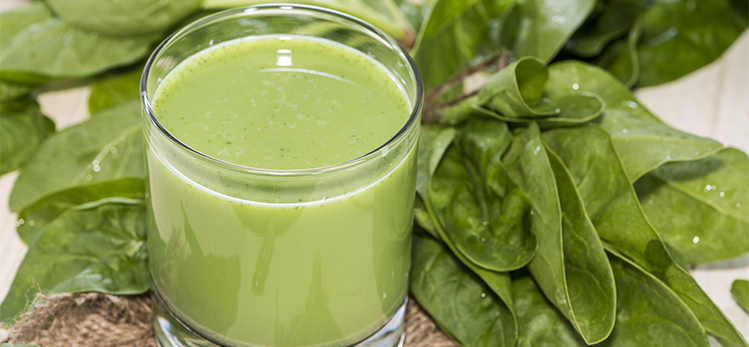
Silicon is a trace mineral that plays a vital role in forming connective tissues such as cartilage, bone and skin. It also has essential functions in the body's metabolism. Spinach is one vegetable that contains high amounts of silicon.
A cup of boiled Spinach contains 3 milligrams (mg) of silicon and provides 14 per cent of the daily value (DV).
This high level of silicon can help prevent brittle nails and hair loss. If you want to try Spinach as a natural treatment for your hair, eat it raw or cooked. You can also take it as a supplement or juice, as long as it comes from organically grown Spinach.
Silicon is a trace mineral known for strengthening connective tissues in the body, including hair. Many people don't get enough silicon in their diets because it's not found in most foods. You can find silicon in green leafy vegetables like Spinach, though.
Silicon plays an important role in forming collagen – the protein that binds skin cells together to help keep skin firm and elastic.
Protein is also essential for healthy hair, so incorporating foods rich in this nutrient into your diet may help to improve hair growth. Spinach is one of the best sources of protein among vegetables. It contains all eight essential amino acids – the building blocks of protein – making it a complete protein.
With 2 grams of fibre per serving, Spinach also helps control blood sugar levels and support digestive health.
Spinach Contains Folate Components and Antioxidants

After washing your hair with a mild shampoo and drying it up, you can apply fresh spinach leaves to the scalp and wrap them with a thin cloth. Keep it on for about an hour, and then rewash your hair. This will help in stimulating the follicles and will encourage hair growth.
Spinach also contains amino acids like methionine, tryptophan and leucine, which help in preventing hair loss . These amino acids help nourish the scalp cells and avoid the accumulation of keratin (a protein) on the scalp, thereby reducing dandruff problems.
Conclusion
Spinach is a nutritional powerhouse. For those with patchy or slow-growing hair, increasing your dietary intake of Spinach as well as other foods rich in Vitamin K, such as asparagus and kale, can help you grow your hair out faster. Eat your Spinach if you want lustrous, healthy, and longer hair.
Myth Busters HairFall
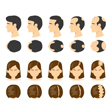
Androgenetic Alopecia - Everything You Need To Know
Have you been experiencing excessive hair fall over a prolonged period of time? It could be an early sign of androgenetic alopecia. It is a hair loss disorder common in both genders and can lead to progressive thinning and even baldness in some patients if not caught and treated early.

How To Make Hair Grow Faster For Men
A head full of healthy hair is a matter of confidence. Hair has its own mechanism of growing and shedding, and it is when this mechanism is thrown off that growth is hindered. Especially in the case of males, hair growth faces a lot of hiccups that can easily be managed.
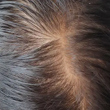
Female Pattern Baldness - Causes & Treatments
Have you suddenly noticed an increase in the number of hair strands on your pillow in the morning? Or is your ponytail getting thinner by day? Well, you might be suffering from female pattern baldness. While that does sound scary, identifying it early on is key to treating this condition effectively. So keep reading to know what this is, how you can identify it, and most importantly, what treatments you can avail of to get your beautiful lustrous hair back.
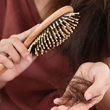
What Are The Reasons For Hairfall?
Almost everyone experiences some amount of hair thinning over the years. Shedding around 50 to 100 single strands of hair per day is considered normal. However, losing more than 150 strands a day, experiencing sudden thinning, or developing circular bald patches on your scalp are reasons for concern. Hair loss occurs when new hair doesn’t grow fast enough to replace the amount of hair you lose daily. Hair can fall due to various reasons, with hereditary hair loss and poor nutrition being the most common hair fall reasons.

Expert Approved Tips For Hair Growth
What can be more debilitating than seeing hundreds of hair strands shedding from your scalp every time you brush your hair? Also, excessive molting occurs during seasonal changes that can be very stressful for you. Although it’s okay to lose between 50-100 strands every day, according to the American Academy of Dermatology, the problem occurs when you start shedding more than normal. But that doesn’t mean you have to feel helpless as there are ways to grow your hair back. Even if you are coping with baldness or alopecia, certain hair growth tips from dermatologists can come to your rescue. Read on to discover how these tips can be your savior when abnormal hair fall problems are in sight.
Trending Videos
+ 4 Sources
LMRC - GGI-CO-A2-DMA-300026127-300026127-WM-J21-282
© 2021 Dr. Reddy’s Laboratories Ltd. All rights reserved.